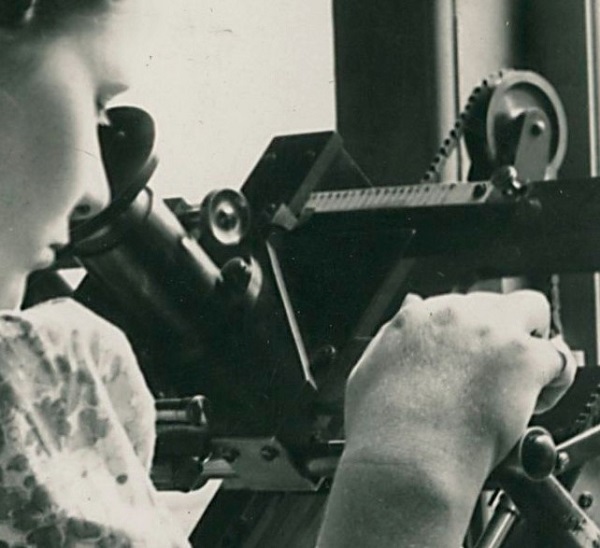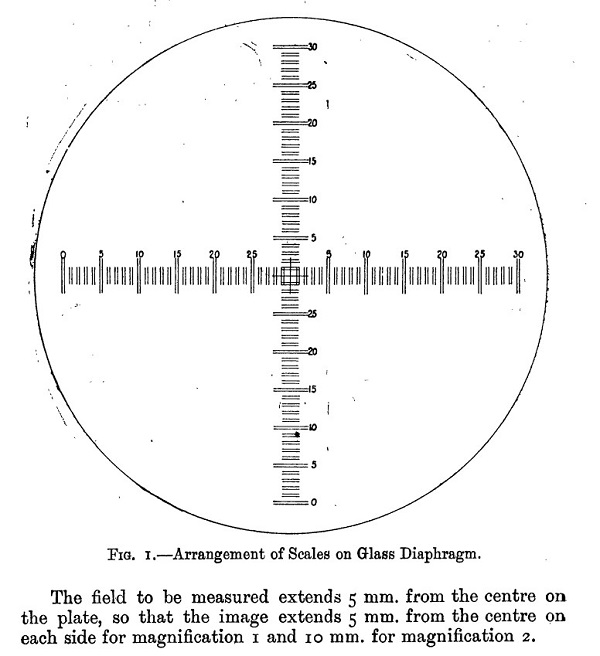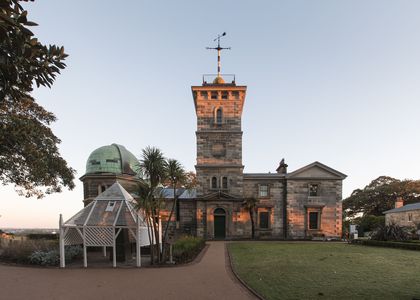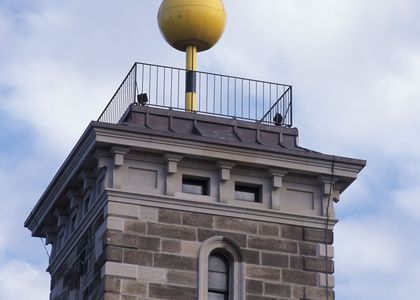Guest post by Toner Stevenson
Dr Toner Stevenson is an Honorary Affiliate at the School of Philosophical and Historical Inquiry at The University of Sydney.
This blog post is about how the women employed for the first major international astronomy project, called the Astrographic Catalogue, saw themselves, and were seen by others. It is about the power of the observer.

Observation has been central to our understanding of the stars and the planets, their Moons, comets and other objects in our solar system. Once this meant looking through a telescope, now computer data and imaging technologies convey other worlds and information that the human eye cannot see.
The Great Star Map project of the late 19th century introduced photography as a method of mapping and cataloging the stars. It required the invention of new technologies and methods. However, there was still a human element.
From 1916 to 1963 over 26 women were employed at Sydney Observatory to measure the stars and determine their positions and brightness, by looking through a microscope at stars captured on photographic glass plate negatives.
Whilst the women were employed as clerks they were also called ‘computers’ because of the mathematical formulae they applied to the star co-ordinates. They relied on their eyesight, and interpretation, to translate the image from the photographic negative into data.
Whilst the women were working in pairs, one observing, the other notating, they too were observed. They were timed and their accuracy tested from the moment when one of the plates was removed from its sleeve by the edges and placed on the micrometer machine to the final calculations required. The observer, such as Willcocks in the image above, positioned the glass plate. Then she turned tiny screws to move the microscope up, down or across and focused the eyepiece on a single star-speck. Inside the microscope was a glass reticle with a graduated X-Y axis scale as shown in the image below. The star being measured had to be in the centre, and at least no more than 5mm either side, and the observer then read out the co-ordinates for the star’s position to her partner.

Then she would compare the size of the star with a slide of standard star brightness dots, which she passed in front of the eyepiece using tweezers. The same plate would be turned 180 degrees and re-measured by a different ‘computer’ to ensure accuracy. It was anticipated that over 170 stars per hour could be measured using this method. In the afternoon they would often calculate the comparative stellar data using the formula which required logbooks and slide rulers because mornings were best for measuring.
Each plate might contain hundreds, sometimes over a thousand stars:
‘None of the high‑powered work was done by anyone but the men. So, we just gave what we measured to them and they did all the hard work. We wouldn’t have known if it was unusual. It was just like little black spots. Some were bigger than others. But there were so many of them that if there’d been something really unusual, we’d have noticed’ (Winsome Bellamy, interviewed 2011).
The lead ‘computer’ checked other work, trained newcomers and reported anomalies. But their work was confined, mostly, to very specific tasks. They did not publish, and their findings were made available for others to analyse. They were seen as data producers, and their job was to be as machine-like as possible, with little or ideally no variation. Winsome Bellamy, pictured below, found the work routine:
‘We had turns about to use the machine, because your eyes became very tired with looking through the micrometer. The other person would sit and write the figures down. We did about half an hour, or perhaps longer on the machine. And then we would swap places and the other one would have a turn. The four of us were working beside each other with the two different machines. But we talked all the time, while we were doing it, and swapped gossip and jokes. And we had a great time apart from work’ (Bellamy 2011).

Caption: Winsome Bellamy using the more advanced Hilger Micrometer to measure the stars at Sydney Observatory c. 1954. MAAS.
NIRIN Biennale of Sydney 2020 artist, Lily Hibberd, was creating an installation, which captured the meticulous work of the female ‘computers’ at Sydney Observatory prior to the Covid-19 impact. Lily is based in Paris; coincidently this is where the Astrographic catalogue originated in 1887. In one of our Zoom on-line meetings Lily remarked: ‘They observed, but they were not allowed to see, they were confined by how they, themselves, were seen, and how others viewed them, constricting their opportunities to be recognised’.
For Lily and I, it is important to understand the duality of the Computers’ capacity to examine photographs of the stars because it reflects the limits of perception placed on women and their labour at the time. Where an astronomer retained the right to recognise the stars, a Computer was only permitted to see them as ‘black dots’ to be counted (Winsome Bellamy interviewed 2011).
These issues are important because they hold wisdom for contemporary women: a lesson about being aware of how others perceive you, and can construct limitations. This is wisdom shared by Professor Lisa Harvey Smith, one of Australia’s leading astrophysicists, and Australia’s Women in STEM Ambassador who remarked in a recent address to women working in technology:
‘Don’t just think you’re a cog in a big system. You’re better than that’.
At Sydney Observatory the women’s observations of 740,000 stars were assembled with those made by the female computers in other observatories, becoming part of a larger data-set of all the stars down to 11th magnitude photographed from our planet. The women who measured the stars have contributed to our knowledge of the stars, and the Astrographic Catalogue is still used as one of many data sets to position satellites and space telescopes. Their story is featured in Sydney Observatory’s East Dome.
REFERENCES
Publications of the Astronomical Society of Australia (PASA), Vol. 31, https://doi.org/10.1017/pasa.2014.12
Stevenson, T. Doctoral Thesis handle: http://hdl.handle.net/2123/15762


